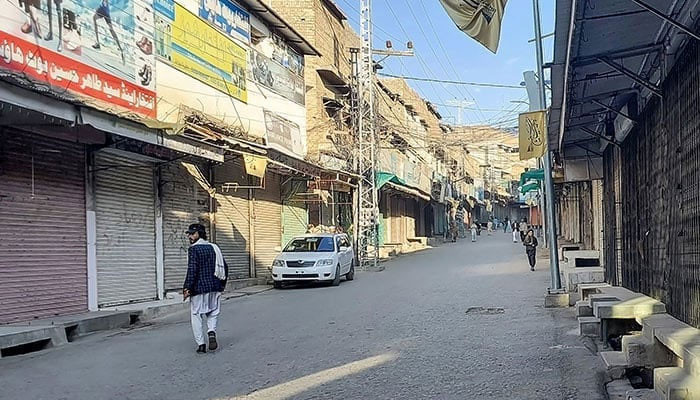Business
Smaller government
字号+ Author:Smart News Source:Health 2025-01-14 17:57:21 I want to comment(0)
THE IMF bailout programme has put the government under pressure to curtail its spending, especially current expenditures, slash its burgeoning fiscal deficits and produce a primary surplus for debt reduction and sustainability. It has also come under scathing criticism from economic experts and political parties for massively raising taxes on salaried individuals and tax-compliant sectors of the economy to meet the tax target of the IMF programme for the present fiscal year, instead of curbing its wasteful expenditures. In June, the prime minister told the National Assembly that the government planned to cut expenditures within months, citing his decision to abolish the Public Works Department as part of a plan to rightsize the government and curb its expenses. In August, his cabinet approved the abolition of 150,000 jobs, closure of six ministries, and the merger of two others, as part of a slew of reforms agreed upon with the IMF. Later, it instructed all federal divisions and their attached ministries and subordinate offices to prepare lists of contingency temporary posts, outsource their non-core services, such as plumbing and gardening, and provide details of surplus employees who could be given a severance package and sent home. However, matters are moving slowly. A report suggests that only 15 to 16 of over 40 ministries and divisions have started the process more than two months after the cabinet made its decision in this regard. Others have given a lukewarm response. That is not surprising. In 1997, the federal government had embarked upon a similar plan, prepared by the planning ministry, to rightsize. Nothing happened. Instead, according to a senior economist, the total number of federal employees was 829,000 in 2011. This strength remained largely steady until 2017 when the sudden infusion of 137,000 new entrants raised the figure to 966,000. The Imran Khan administration had approved a major government restructuring plan, which included retaining 325 entities out of the total 441. It has yet to be implemented because of bureaucratic inertia. A plan to jettison state-owned enterprises to prevent future losses was not executed either. Downsizing the government without a responsive bureaucracy is difficult. And bureaucrats seldom act unless the politicians want them to. If the bureaucracy is not getting the prime minister’s message it is because it has not been conveyed with the kind of force that is needed to put it across.
1.This site adheres to industry standards, and any reposted articles will clearly indicate the author and source;
 Related Articles
Related Articles-
Most Ukrainians oppose land concession to Russia
2025-01-14 16:52
-
VIDEO: Virat Kohli faces fine, online backlash for shouldering Konstas
2025-01-14 16:15
-
Harsh weather results in two deaths during Sydney to Hobart yacht race
2025-01-14 15:39
-
South Africa defeat Pakistan by two wickets in first Test
2025-01-14 15:33
 User Reviews
User Reviews Recommended Reads
Recommended Reads Hot Information
Hot Information- Saddar-Faizabad route of metro bus service to remain suspended
- West Indies to reach Pakistan for first Test series in 19 years
- PSL 10: Pick order for player draft revealed
- MCG attendance record shattered during fourth India vs Australia Test
- Exports of textiles, clothing grow over 10pc in July-Oct
- South Africa defeat Pakistan by two wickets in first Test
- After historic ODI victory, Pakistan set for South Africa Tests challenge
- 'Cricket's integrity sacrificed' by India's demand for Champions Trophy
- Far-right Israeli minister rejects appeals for aid to north Gaza
 Abont US
Abont US
Follow our WhatasApp account to stay updated with the latest exciting content











